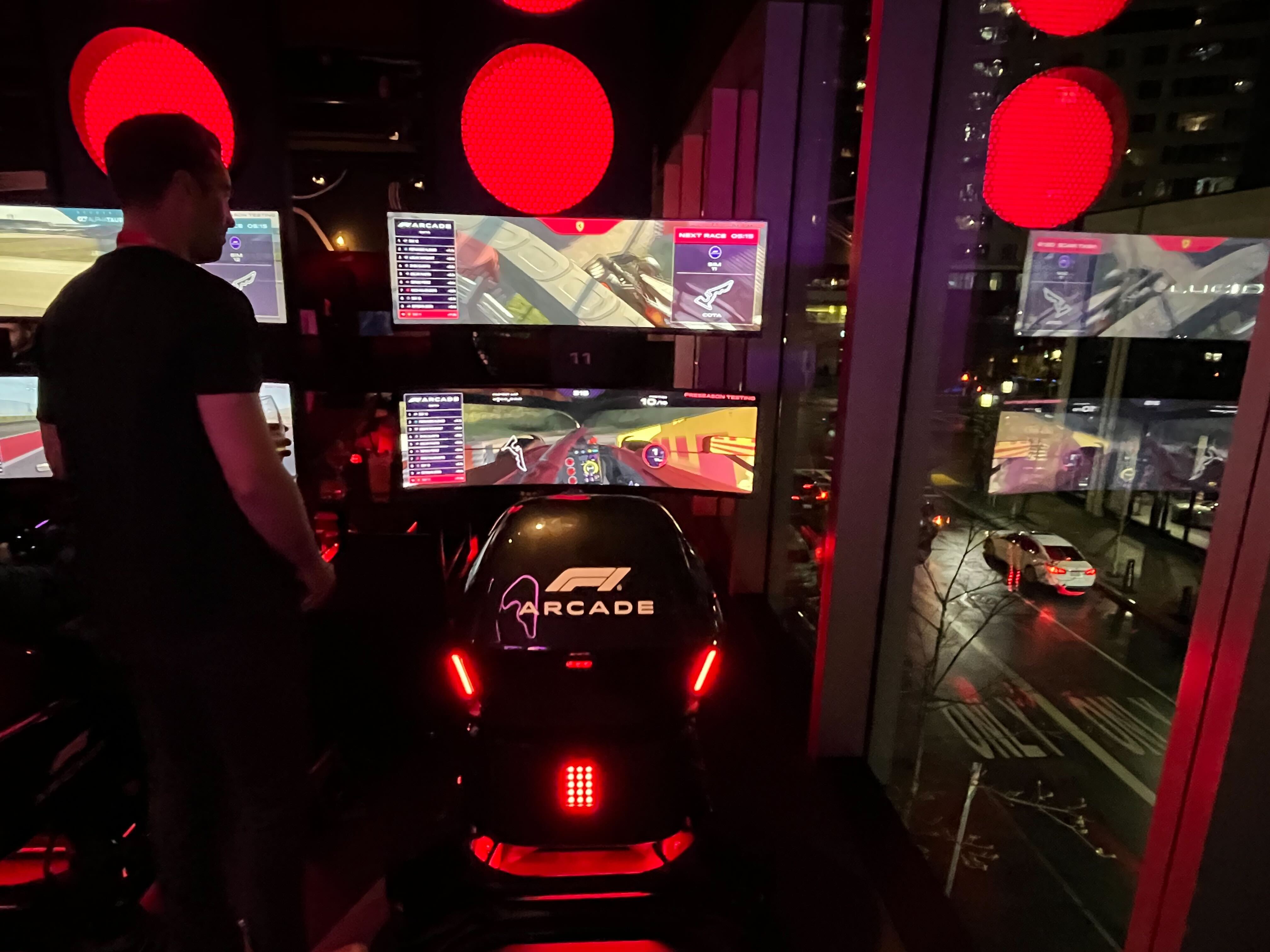From Dallas to Orlando and Boston, mass casualty incidents are becoming our new normal.
The evolving threat is forcing doctors and nurses to adopt more military techniques inside our medical centers. These techniques are saving lives, experts say.
"This particular war is being fought on our city streets, in our schools, theaters, sporting events and affecting us right here in Boston," said Dr. Alok Gupta, a trauma surgeon at Beth Israel Deaconess Medical Center in Boston. "We've had to learn how to take care of military style injuries in a civilian population."
These types of injuries include blast wounds and gun shots from high-powered weapons.
At BIDMC, they now stock combat tourniquets on the trauma cart, a tool that's credited with saving lives after the 2013 Boston Marathon attacks. There are other devices now being used to help stop blood loss, including so-called hemostatic agents like gauze or medications to promote clotting.
"Those things have been used much more in the military than in the civilian population," said Dr. Gupta.
But now they're being used on the home front.
Massachusetts
The latest news from around the state
"The sooner you control bleeding, that's going to save lives," said Meg Femino, Director of Emergency Management at BIDMC.
Each time an incident happens the question at BIDMC is always, "What would we do?"
"That conversation needs to be had at every level, whether it's a school, a business or a hospital of how would you prepare for an event to happen," said Dan Nadwony, RN, the Clinical Director of Operations for Emergency Medicine and Urgent Care.
BIDMC and every other hospital in Boston conducts regular mass casualty drills, which is something health officials say have saved lives.
"I call it really building muscle memory in staff," said Femino. "You don't want to walk into a mass casualty and not have any training in it and not know exactly what the plans are or what it might look like."
Now experts are looking into using computer simulations to re-create drills online. Dr. Wolfe said people would play various roles to test different ways to respond.
"This would be an environment built to simulate a disaster and you'd be tested on your ability to make the right decisions, make the right connections but you could be plunged into that environment," he said. "And that could be done at an extremely low cost once it's built and could be done fairly often. Right now the biggest problem with a drill is it's a big endeavor and fairly costly and you can still only do them a couple times a year."
Doctors and nurses are also hoping to train civilians to use some of these life saving devices like tourniquets. Much like how the use of CPR and now defibrillators have become common knowledge.
"Just like we train the public in defibrillation, then shouldn't we be training them in what to do in a shooter situation?" said Dr. Richard Wolfe, the Chief of Emergency Medicine at BIDMC.
It's the question being asked by many trauma physicians. Doctors Wolfe and Gupta just got back from a conference in Paris. One of the big topics was how to start resuscitation when there's still active gunfire going on?
"Those are things that we're not prepared and trained for that the military do know how to handle," said Dr. Wolfe.



